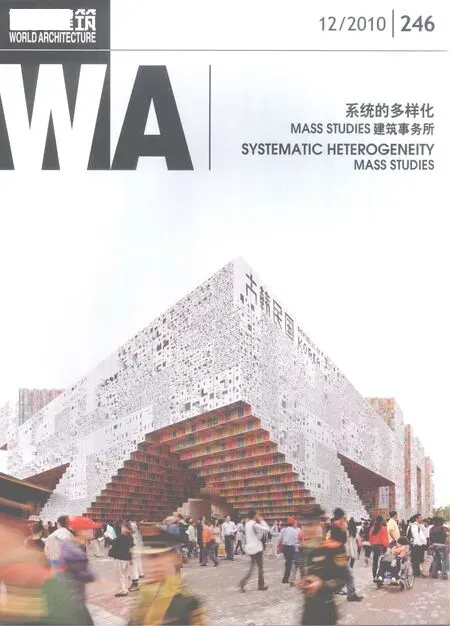边界联排,首尔,韩国
建筑设计:Mass Studies建筑事务所
在边界联排项目中,我们的主要目标是遵循衍生自场地周边环境的有机纹理,创造住宅区的新秩序感,并挑战传统的建筑类型和山地住宅区开发的做法。边界联排主要包括如下两种形式:
1.边界街区
建筑围绕场地的外边界布置,中间形成宽敞的开放空间并作为公共庭院利用。这种住宅开发的形式保证了在规划中实现室外公共空间的最大化,同时让各住户间的间距最大化,以利于保护隐私。
2.联排住宅
这种空间组织形式的基本理念源于延续的屋顶,建筑的屋顶位于较低高度,并在较高处形成天然的屋顶平台。南向的坡顶同时提供了最佳的日照,坡度越陡,建筑内的视野也越好。□(司马蕾 译)
设计时间/Design Period: 2005.7-2005.8
用地面积/Site Area: 9 765.0m2
总建筑面积/Total Floor Area: 15 795.0m2
建筑规模/Building Scope: 地上3层,地下2层/3F, B2
Our main objective with Perimeter Terrace is to follow an organic order derived from existing conditions to create a new organization of residential space, to chal lenge the conventional attitude toward topography and hil lside residential developments. The Perimeter Terrace originated from the fol lowing two prototypes:
1. Perimeter Block
Buildings are arranged along the outer edges of the site, creating a large open space in the middle that becomes a shared courtyard. This type of housing development secures the largest possible common outdoor space within the plot, while maximizing the distance between individual households to maintain privacy.
2. Terrace Housing
The basic idea behind this spatial organization is a continuation of rooftops, with the roof of the house at a lower elevation, naturally serving as a terrace for the house at a higher elevation. A southerly incline is optimal for the best sunlight, and the views become more open as it becomes steeper.□




